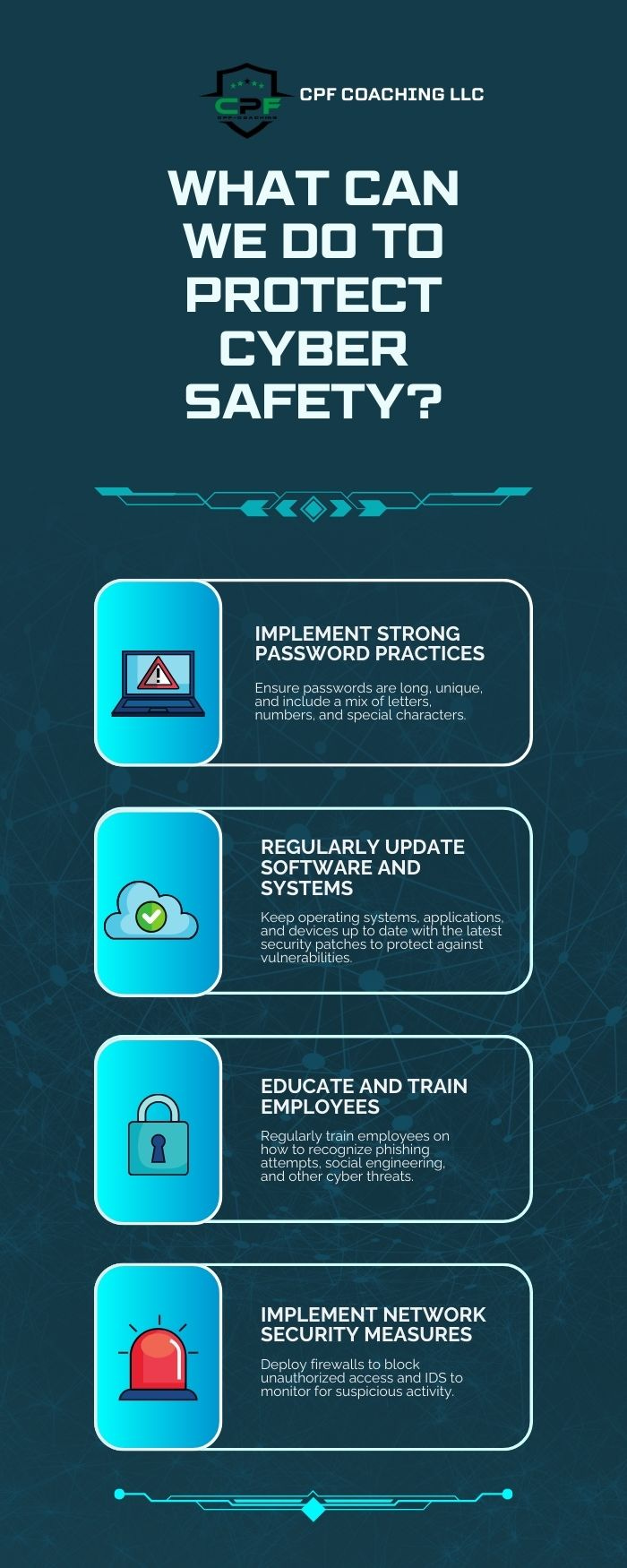Essential Cybersecurity Policies for SMBs: A Blueprint for Protection and Growth
Top Cybersecurity Policies for SMBs: Build Trust, Comply, and Protect Your Business
Cybersecurity threats are no longer confined to large corporations in today's hyper-connected world. Small and medium-sized businesses (SMBs) are becoming prime targets due to their perceived weaker defenses. Alarming statistics show that nearly 43% of all cyberattacks target SMBs, exploiting gaps in their security infrastructure.
Without a well-crafted cybersecurity policy, SMBs risk catastrophic losses—financial, reputational, and operational. The good news is that with proactive measures, even the smallest organizations can implement robust defenses. Let’s explore how SMBs can craft effective cybersecurity policies that protect their assets, ensure compliance, and foster customer trust.
Why SMBs Need a Cybersecurity Policy
The Escalating Threat Landscape
Did you know that cybercriminals see SMBs as "low-hanging fruit"? A…




